Most of the time, the Atacama desert — the driest non-polar place on Earth, sandwiched between two mountain ranges in western Chile — is gritty, cracked, and red. The desert gets less than 1.5 centimeters of rain per year, the equivalent of six or so hours of drizzle. Sometimes it doesn’t get any at all. But this year… It’s different:
 |
| Flowering desert or desierto florido in Atacama desert. Picture via Twitter |
source>>
Other years, though, are just a little bit damper. In those cases, the seeds sleeping just under the sand wake up, sending shoots to the surface. Those shoots grow leaves and buds. And then, when the time is right, the whole desert lets loose. This is one of those years.
Other years, though, are just a little bit damper. In those cases, the seeds sleeping just under the sand wake up, sending shoots to the surface. Those shoots grow leaves and buds. And then, when the time is right, the whole desert lets loose. This is one of those years.
Intense and unexpected rain in the north of Chile has brought another “desierto florio,” or “desert flowering,” to parts of the Atacama.
Although the desert usually experiences a flowering every five to seven years, this one comes just two years after the last, which pinkened the landscape with field upon field of mallow flowers.
So far, this year’s palette leans heavy on white, purple, and yellow.
Tourism officials said that they hope to see even more colors soon, as the various seeds take different amounts of time to germinate. The desert has more than 200 plant species.

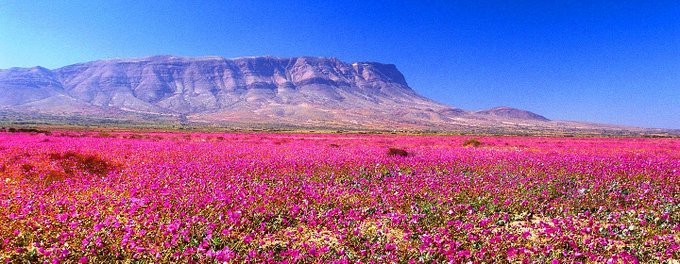


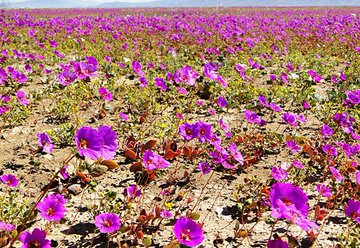
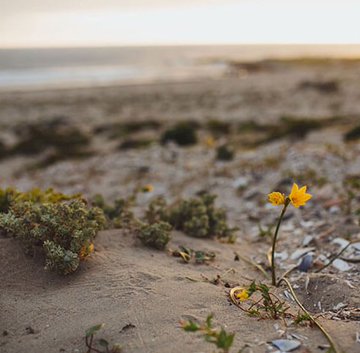
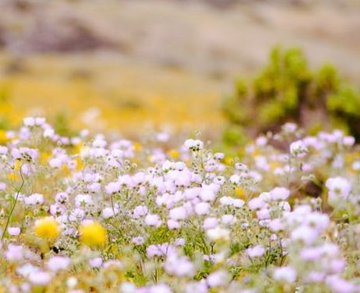


 Tʜʀᴇᴀᴅ ᴅᴇ ʟᴜɢᴀʀᴇs ᴛᴜʀɪ́sᴛɪᴄᴏs ᴇɴ Cʜɪʟᴇ
Tʜʀᴇᴀᴅ ᴅᴇ ʟᴜɢᴀʀᴇs ᴛᴜʀɪ́sᴛɪᴄᴏs ᴇɴ Cʜɪʟᴇ 





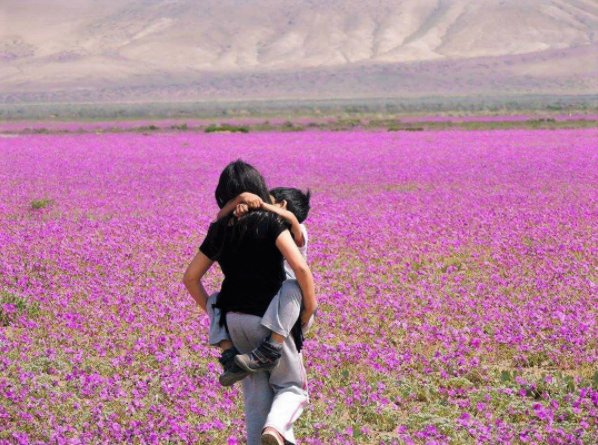

No comments:
Post a Comment